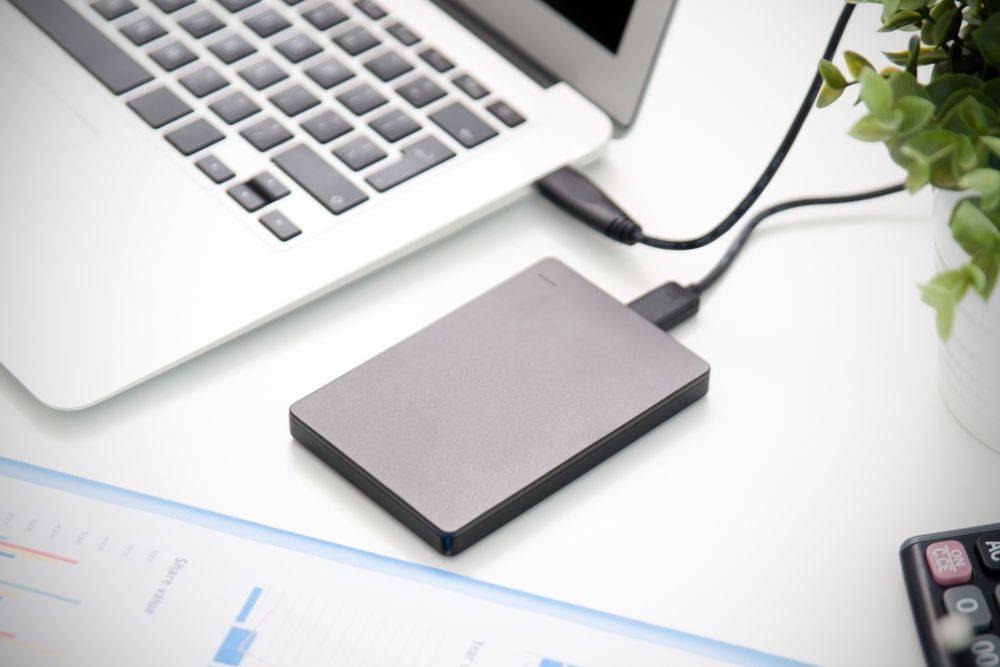Electric vehicles (EVs) have changed the way we think about car ownership. Gone are the days of oil changes, engine tune-ups, and complex transmission repairs. But while EVs are cheaper to maintain than gas-powered cars, they’re not maintenance-free. With smart habits and a few strategic practices, you can minimize expenses, extend your vehicle’s lifespan, and keep it running at peak efficiency for years to come.
Here’s how to take care of your EV the smart way—so you save money and drive with confidence.
Understand What Makes EV Maintenance Different
Traditional vehicles rely on hundreds of moving engine components that wear down over time. Electric vehicles, by contrast, use far fewer mechanical parts. There’s no engine oil, spark plugs, or exhaust system to maintain. This simplicity dramatically reduces service costs.
However, EVs have unique systems that require care:
-
The battery pack – your car’s most valuable component, requiring proper temperature management and charging habits.
-
The cooling system – regulates battery and motor temperature to prevent overheating.
-
Regenerative braking – captures kinetic energy to recharge the battery but still requires brake maintenance.
-
Electronics and software – updates and monitoring systems keep everything running smoothly.
Knowing which components to prioritize will help you make informed maintenance choices and prevent small issues from turning into costly repairs.
Keep the Battery Healthy—It’s Your Biggest Investment
The battery is the heart of every EV, and maintaining it properly is the most important step to controlling long-term costs. Replacement batteries can cost thousands of dollars, but good habits can extend their lifespan significantly.
1. Avoid extreme charging levels.
Try to keep your battery charged between 20% and 80% for daily use. Constantly charging to 100% or letting it drop to 0% stresses the battery cells, accelerating wear. Reserve full charges only for long road trips.
2. Don’t overuse fast chargers.
DC fast charging is convenient but produces extra heat, which can degrade battery health over time. Use Level 2 home charging whenever possible and rely on fast charging only when needed.
3. Park in moderate temperatures.
Extreme heat or cold affects battery performance. Whenever possible, park in a shaded area during hot days or inside a garage during freezing weather. Many EVs have thermal management systems, but reducing exposure still helps preserve efficiency.
4. Schedule charging during cooler hours.
Charging at night not only saves on electricity rates but also reduces battery strain by keeping temperatures lower during the process.
Following these steps can extend your battery life by years, which means fewer replacements and higher resale value.
Maintain Your Tires and Brakes
EVs are heavier than gasoline cars due to their battery packs, which puts extra stress on tires and suspension components. That means tire maintenance plays a major role in controlling long-term costs.
1. Check tire pressure regularly.
Low tire pressure increases rolling resistance, reducing efficiency and wearing out tires faster. Keeping tires inflated to the manufacturer’s recommended levels improves range and safety.
2. Rotate tires on schedule.
EVs deliver instant torque, which can cause uneven wear. Rotating your tires every 6,000 to 8,000 miles helps ensure even tread life.
3. Monitor regenerative braking.
While regenerative braking reduces wear on brake pads, it’s still important to inspect the braking system annually. Dust and corrosion can build up on rotors if the car isn’t driven frequently.
Proper tire and brake care not only saves you money on replacements but also maximizes driving range and safety.
Take Advantage of Software Updates
Many EVs receive over-the-air software updates—just like smartphones. These updates can enhance efficiency, extend range, and even improve charging management.
Keep your car’s software current by enabling automatic updates or scheduling them through your vehicle’s app. Manufacturers often release updates that fine-tune motor performance, add new features, or fix energy-draining bugs.
Some updates may even improve regenerative braking and battery cooling efficiency, helping you save on energy use and maintenance without spending a dime.
Protect the Cooling System
Your EV’s battery and electric motor rely on a liquid or air-based cooling system to maintain optimal temperature. Regular maintenance here is essential because overheating can shorten battery life.
Follow your owner’s manual for recommended coolant flush intervals—usually every five to seven years. Replacing coolant on time helps prevent corrosion and ensures the system continues to regulate temperature efficiently.
Ignoring coolant service can lead to expensive repairs, especially if overheating damages key battery modules or power electronics. A small investment in routine care saves thousands down the line.
Monitor Tire Alignment and Suspension
EV torque and weight can also affect suspension alignment. Misaligned wheels reduce efficiency and cause uneven tire wear, leading to higher replacement costs.
If you notice your car pulling to one side, vibrations while driving, or uneven tread wear, have your alignment checked immediately. Proper alignment ensures your EV glides smoothly, consuming less energy per mile.
Clean and Protect Charging Components
Charging ports and cables are the lifelines of your EV. Keeping them clean and in good condition prevents connection issues and improves charging efficiency.
-
Inspect connectors for dirt, corrosion, or debris. A quick wipe with a dry cloth keeps them working efficiently.
-
Avoid coiling cables tightly, as this can damage the internal wiring.
-
Store charging cords properly when not in use—away from direct sunlight and moisture.
A damaged charging port or cable replacement can cost hundreds, so regular care is an easy way to avoid those expenses.
Use Regenerative Braking Efficiently
Most EVs let you adjust how aggressively regenerative braking works. Maximizing regen not only improves energy efficiency but also reduces brake wear.
However, learn your car’s optimal setting. Using overly strong regen in heavy traffic or hilly areas can make driving jerky and inefficient. Striking the right balance improves comfort and reduces stress on components.
Schedule Annual Inspections
Even though EVs require less frequent service, skipping regular checkups can lead to preventable repairs. Schedule at least one annual inspection with a certified EV technician.
A typical EV service includes:
-
Tire rotation and brake inspection
-
Coolant and fluid checks
-
Battery health analysis
-
Software updates and system scans
-
Cabin air filter replacement
These small, routine visits ensure everything runs smoothly and can catch minor issues before they become major repairs.
Keep It Clean—Inside and Out
It might seem unrelated to maintenance, but cleanliness affects efficiency. Dirt buildup on body panels can increase aerodynamic drag, slightly reducing range. Salt or grime can also corrode undercarriage components.
Regular washing helps preserve your paint, prevent corrosion, and maintain resale value. Inside, keeping the cabin clean ensures vents and sensors function correctly, which can improve air quality and reduce strain on the climate control system.
Drive Smarter to Save on Wear
Driving habits play a major role in how much you spend on maintenance. Smooth, predictable driving not only conserves battery power but also reduces wear on tires, brakes, and suspension.
Avoid aggressive acceleration, heavy braking, and constant high-speed driving. These behaviors drain the battery faster and create extra heat that strains components. Instead, use eco or balanced driving modes—most EVs have these features built-in to optimize energy efficiency automatically.
Extend the Life of Your Cabin Battery
In addition to the main drive battery, EVs have a smaller 12-volt or 48-volt battery that powers systems like lights, infotainment, and locks. This battery typically lasts three to five years but can fail sooner without proper care.
Drive your car regularly to keep it charged, and avoid leaving it parked for long periods with electronics running. Replacing the small auxiliary battery is relatively inexpensive, but prevention helps avoid unexpected breakdowns.
Electric vehicles are designed for simplicity, but that doesn’t mean they maintain themselves. The secret to keeping your EV running efficiently—and your maintenance costs low—is consistency.
By developing smart habits—like charging sensibly, keeping tires aligned, updating software, and protecting the cooling system—you’ll extend your EV’s life and retain its performance. These proactive steps not only save money over time but also ensure your car continues delivering smooth, silent, and sustainable driving for years to come.
Owning an EV isn’t just about reducing emissions—it’s about building efficiency into every part of your lifestyle. When you treat your car’s systems with care, you’re rewarded with reliability, savings, and peace of mind every mile of the way.




